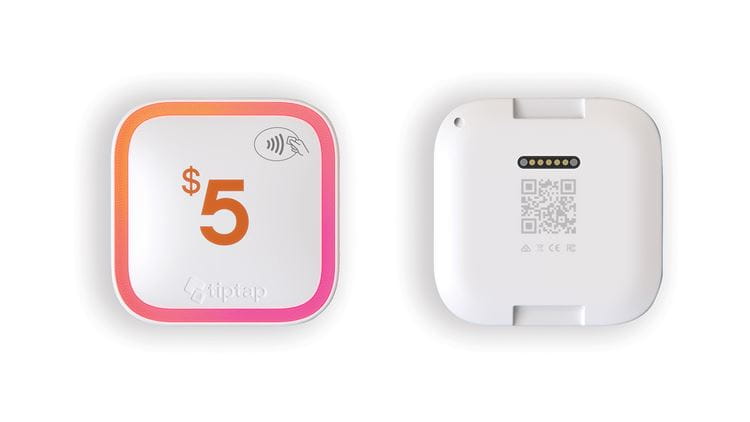Retail
Nordic can help you build a smart retail solution that retailers and consumers will love

Nordic Semiconductor today announces that tiptap, a Canadian tech startup focused on using tech for good, has developed a patent-pending and uniquely standalone NFC and LTE-M contactless payment terminal of the same name that allows good causes to collect small fixed amounts of money on the spot from debit cards, credit cards, and smartphone payment apps.
Using a Nordic Semiconductor nRF9160 System-in-Package (SiP) to provide NFC, LTE-M and GPS connectivity and run most of the application, tiptap is also supported by a deep analytics platform that uses each terminal’s unique geolocation data to spot trends and optimize collection activities of each tiptap user in real-time. tiptap says this helps identify and target busy locations and busy times of the day and is important because its terminals are often operated by volunteers who want to make the most of their time.

“tiptap is about making charitable giving accessible to everyone,” says Chris Greenfield, Founder & CEO at tiptap. “This means making it easy for organizations and individuals who wish to help others to give and receive payments and donations effortlessly, without any security concerns, using our touchless giving™ solution.”
“In operation you just tap your payment card on the tiptap EMV certified [the contactless payments industry standard] reader and a few seconds later you will hear a reassuring chime to signify the small fixed amount donation was approved. It’s as simple as that. And not only is this few second approval loop industry leading for such a device, funds from each tap are deposited into a recipient’s account with an equally efficient, industry-leading turnaround time of within 24 hours compared to an average 5-7 business days for competing solutions.”
“We selected the Nordic nRF9160 SiP due to its extremely small size, powerful built-in 64 MHz Arm® Cortex®-M33 processor with generous 1 MB Flash and 256 KB RAM memory, and its excellent active and sleep mode power consumption characteristics,” adds Barry Papoff, Head of Hardware Engineering & Manufacturing at tiptap. “This means even though the LTE-M link is doing a lot of the heavy wireless payments processing lifting we are still able to get an extended day’s operation from a single battery charge.
“And most exciting of all, we are currently finalizing the design of our smallest tiptap terminal yet for release in 2021 that will measure just 5cm square in size which puts it firmly into wearable form factor territory. This new device will even feature a whole set of new interactive lights. That’s quite an achievement for a battery-powered wireless payment terminal that can be switched on and used pretty much anywhere.”
tiptap would like to stress to interested charities and fundraisers that its primary focus is about really doing good and supporting as many good causes as possible. tiptap says even its pricing structure for using its tiptap terminals is heavily based around minimal set-up costs and recouped only as a small fee of accrued collections once a campaign has been completed.
“Covid-19 has unfortunately meant the world needs devices like this more than ever,” comments Geir Langeland, Nordic Semiconductor Director of Sales & Marketing. “But the easier it is made for people to give, the easier it becomes to collect on behalf of people who need it most. And without using a cellular IoT connection this device would have to connect to some kind of gateway or basestation and that would make it an awful lot more complicated to set-up and maintain on a street or in any other public location.”
Nordic can help you build a smart retail solution that retailers and consumers will love